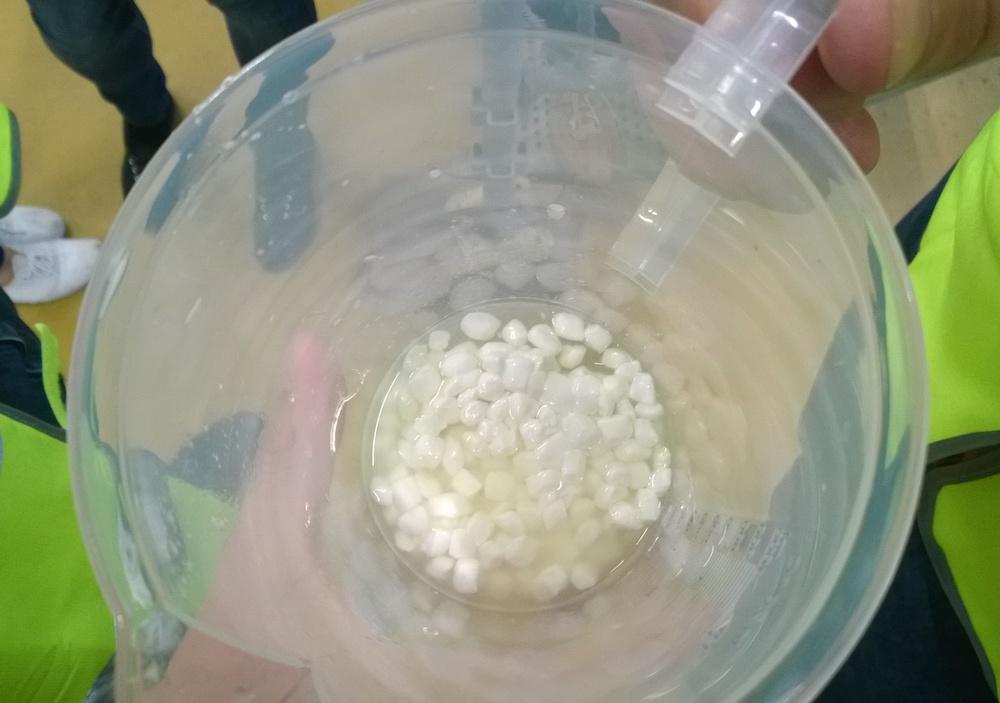What is the yield?
When talking about fuel consumption in cars, an American counts how many miles can be reached by one gallon. A European, on the other hand, thinks the other way around: how much fuel is consumed to travel a hundred kilometres.
Measuring the yield follows the latter logic. Thus, the yield is the result, one kilogram of cheese, and it is calculated by how much raw material, milk, is needed to produce it. The yield is the ratio of the amount of cheese produced and the amount of milk that was required. The lower the result, the better the yield. In general, six to ten litres of milk is needed to produce one kilogram of cheese.
The yield is hugely significant to a cheesemaking factory
It goes without saying that the less milk the cheesemaking factory needs to make cheese, the better – especially regarding the profitability of cheese production. The yield is particularly important, as most of the cost of cheese is made up of raw material, namely milk. In many cases, it is not possible or reasonable to save from the salaries of the staff, but there is enough room in the yield, from which to cut the expenses.
When 80 percent of the costs of a cheese factory are made up of raw material costs, even small changes in the yield are of enormous importance. If the quantity of milk needed to produce one kilogram of cheese is reduced from 6.5 litres to 6 litres, the annual savings of millions of euros can be achieved for larger cheesemaking factories – in fact, a change in yield at a hundredth level is a significant development for a cheesemaking factory.
Competition is intense in the cheese industry, and yield optimization helps cheesemaking factories improve their profitability amidst the competition. Moreover, since cheese companies are often co-operatives jointly owned by dairy producers, they can also pay more to producers through better yields. The operation is also more profitable for the milk producer, and a cheesemaking factory can be more confident about a steady supply of raw material.
Optimizing the yield with sensible equipment choices
The profitability of cheese production depends on many different factors, but yield optimization should be at the forefront of the to do list of all cheesemaking factories. Optimization of production and yield can be affected in different ways. The cheese masters’ know-how about the recipes is, of course, a valuable part of the optimization of production. However, the most significant economic impacts can be achieved by the right equipment choices. Investments in high-quality vats, for example, provide a quick return on investment.
In our next blog article, we will go to details about how any cheesemaking factory can reduce its yield by paying attention to the right things in its equipment choices. While waiting for the article, you may want to check out our FREE GUIDE on profitable cheese production.

Minimizing the amount of cheese fines improves the yield.
Read more in the free guide
If optimizing the yield and maximizing the profitability of cheese production is of interest to you, we recommend that you read our free guide on profitable cheese production.
